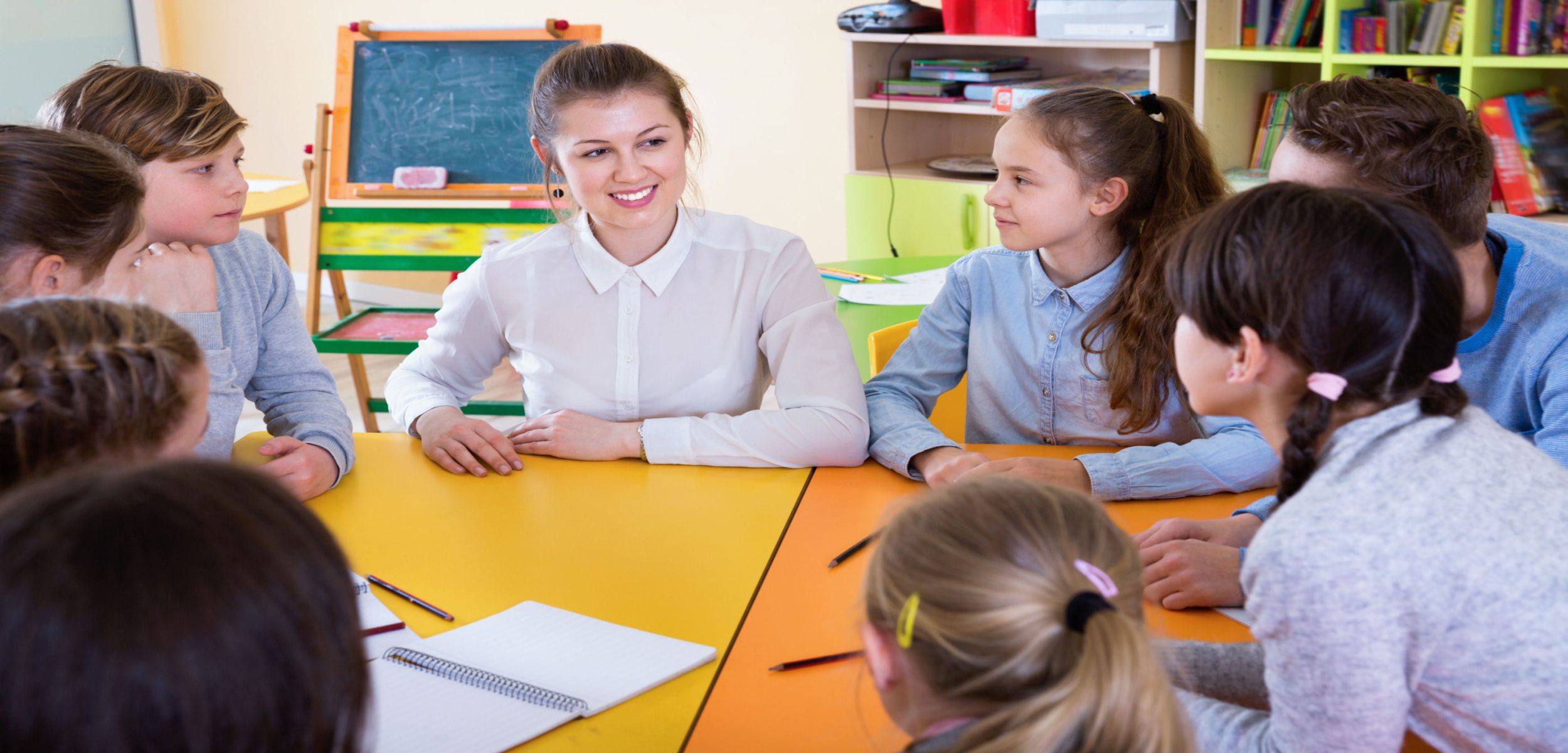Have you ever wondered how children learn to read so quickly? The secret often lies in a method called synthetic phonics. But what is synthetic phonics, and why is it considered so effective? This approach is a structured way of teaching reading by focusing on the sounds (phonemes) and their corresponding letters (graphemes). Moreover, it equips learners with the skills to decode words by synthesising sounds, making reading a more intuitive process.

What is Synthetic Phonics?
Synthetic phonics is a method where children learn to break down words into their smallest units of sound, known as phonemes. These sounds are then blended to form words. Unlike other methods, it emphasises the relationship between sounds and letters from the very beginning of a child’s education. So, this approach is systematic and explicit, ensuring that learners understand how to decode words efficiently.
Key Features of Synthetic Phonics
- Sound/Letter Correspondence: Children learn the sounds associated with each letter or group of letters.
- Blending: Learners are taught to blend individual sounds to form words.
- Decoding: The ability to break down words into sounds and blend them to read.
- Encoding: The reverse process of decoding, where children learn to spell by identifying sounds in words and matching them to letters.
The Benefits of Synthetic Phonics
Synthetic phonics offers numerous advantages, particularly in early education. Here are some of the key benefits:
- Improved Reading Fluency: By focusing on sound blending, children can read more smoothly and confidently.
- Enhanced Vocabulary: As children decode new words, their vocabulary expands naturally.
- Better Comprehension: With less focus on decoding, learners can concentrate more on understanding the text.
- Stronger Spelling Skills: Understanding phoneme-grapheme relationships aids in accurate spelling.
How Synthetic Phonics Works
This phonics is taught sequentially, starting with the most common sounds. Children first learn simple sounds and gradually move to more complex ones. For example, they might begin with sounds like /s/, /a/, /t/, and /p/, which can be combined to form words like “sat” and “pat”.
Steps in Synthetic Phonics Instruction
- Introduction of Sounds: Begin with basic sounds and gradually introduce more complex ones.
- Blending Practice: Teach children to blend sounds to form words.
- Decodable Texts: Use texts that match the sounds learned to reinforce reading skills.
- Regular Revision: Consistent practice helps solidify sound-letter correspondences.
Implementing Synthetic Phonics in the Classroom
To effectively implement synthetic phonics, teachers need to follow a structured approach. So, here are some tips for successful implementation:
- Consistent Practice: Dedicate time each day to phonics practice.
- Engaging Activities: Use games and interactive activities to make learning fun.
- Assessment and Feedback: Regularly assess progress and provide feedback to support learning.
- Parental Involvement: Encourage parents to reinforce phonics skills at home.
Synthetic Phonics vs. Other Methods
How does synthetic phonics compare to other methods of teaching reading? While it focuses on breaking down words into their smallest sounds, other methods might take a different approach.
For example, analytic phonics teaches children to recognise whole words first before breaking them down into smaller parts. Children might see the word “cat” and learn it by recognising it as a whole word rather than by breaking it down into sounds.
Furthermore, whole language is another method that contrasts with synthetic phonics. It emphasises understanding and interpreting the meaning of words in context rather than focusing on individual sounds. Moreover, children are encouraged to guess words based on the pictures and the overall meaning of the sentence.
However, many studies have shown that synthetic phonics tends to produce better results, especially in the early stages of learning to read. The structured and systematic nature of it makes it easier for children to grasp the concept of reading.

The Role of Teachers and Parents in Synthetic Phonics
What role do teachers and parents play in the success of synthetic phonics? The method relies heavily on consistent practice and reinforcement, both in the classroom and at home.
Teachers are responsible for introducing the sounds and guiding children through the blending process. So, they provide a structured environment where children can practice reading words and sentences. Moreover, teachers monitor progress and offer additional support when needed.
On the other hand, parents can reinforce what is learnt in school by practising at home. Moreover, reading with children, playing phonics games, and encouraging them to sound out words they encounter in daily life can all help strengthen their phonics skills.
Hence, the success of it depends on a collaborative effort between teachers and parents. With both parties working together, children are more likely to achieve reading success.
Common Challenges and Solutions
- Difficulty in Blending: Some children may struggle with blending sounds. Therefore, teachers can use visual aids and repetitive practice to help.
- Retention of Sounds: Regular revision and varied activities can aid in retaining sound-letter correspondences.
- Differentiated Instruction: Customise lessons to meet the diverse needs of learners, ensuring all children progress at their own pace.
Conclusion
Synthetic phonics is a powerful method for teaching reading that focuses on the relationship between sounds and letters. Therefore, by equipping children with the skills to decode words through sound blending, it lays a strong foundation for reading fluency, comprehension, and spelling. As educators and parents, understanding what is synthetic phonics and its benefits can greatly improve the learning experience for young readers. So, with consistent practice and engaging instruction, this method can transform the way children learn to read, making it an essential component of early education.



